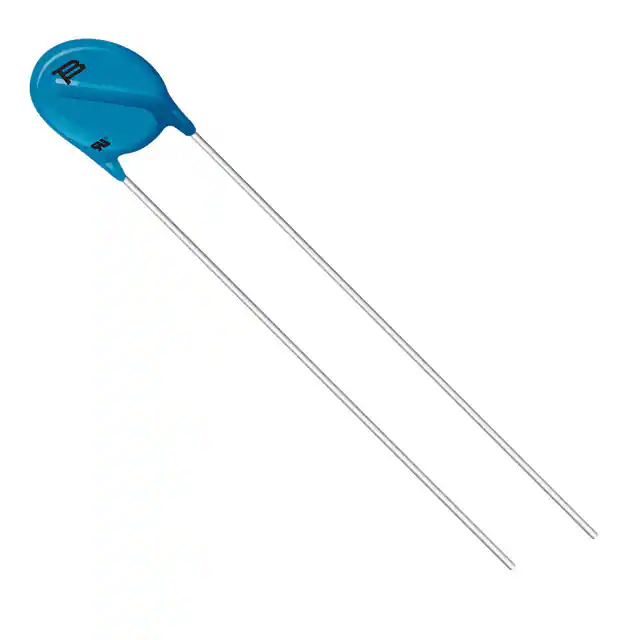Release Date: 01-02, 2024

In today's rapidly advancing technological landscape, circuit protection has become more critical than ever before. With the increasing complexity and sensitivity of modern electronic devices, safeguarding circuits against potential threats such as voltage spikes, power surges, and electromagnetic interference (EMI) is of paramount importance. In this article, we explore the latest cutting-edge developments in circuit protection technology that are revolutionizing the way we secure our circuits.
Overcurrent protection is a fundamental aspect of circuit protection, designed to prevent damage caused by excessive current flow. Traditional fuses and circuit breakers have long been the go-to options for overcurrent protection. However, there has been a remarkable advancement in recent years with the introduction of solid-state circuit protection devices.
Solid-state overcurrent protection devices utilize innovative technologies such as silicon-controlled rectifiers (SCRs) and metal-oxide varistors (MOVs) to provide efficient and reliable protection. These devices offer faster response times, higher fault current ratings, and enhanced safety features. Additionally, their compact size and compatibility with integrated circuits make them well-suited for modern electronic devices.
Voltage spikes, resulting from sudden changes in electrical energy, pose a significant risk to circuits and can lead to system failures or permanent damage. Transient voltage suppressors (TVSs) are designed to mitigate the adverse effects of voltage transients and are crucial in securing circuits from unexpected surges.
Recent advancements in TVS technology have introduced new devices capable of handling higher surge currents and offering increased reliability. Innovative materials such as silicon carbide (SiC) are now being used in the manufacturing of TVS devices, enabling them to provide superior performance with lower capacitance and higher energy absorption capabilities. These developments ensure circuit protection that goes beyond traditional voltage clamping methods.
Electromagnetic interference (EMI) poses a significant challenge to circuit reliability and functionality, particularly in high-density electronic systems. Shielding and filtering techniques have traditionally been employed to combat EMI effects. However, recent breakthroughs in circuit protection technology are revolutionizing EMI mitigation.
New EMI protection solutions incorporate advanced materials, such as conductive polymers and magnetic materials, to create effective shielding and filtering mechanisms. These materials provide improved EMI absorption and transmission reduction, resulting in enhanced circuit performance and reduced interference. Furthermore, the integration of EMI protection at the circuit board level offers a cost-effective solution while maintaining high reliability.
While circuit protection devices play a crucial role in safeguarding circuits, proactive monitoring and diagnostics are equally important. To address this need, intelligent circuit protection systems have emerged, offering real-time monitoring, diagnostics, and predictive analysis.
These smart protection systems utilize advanced sensors, microcontrollers, and communication technologies to continuously monitor circuit conditions. By analyzing current, voltage, and temperature data, these systems can detect potential faults or abnormal behavior and trigger timely protection measures. This proactive approach improves system reliability, minimizes downtime, and ensures optimal circuit performance.
State-of-the-art circuit protection developments continue to make significant strides in securing our electronic devices and systems. The advancements in overcurrent protection, transient voltage suppression, EMI protection, and intelligent monitoring have improved the overall reliability and performance of circuits, enabling the safe operation of advanced technologies.
As technology continues to advance, staying up-to-date with the latest breakthroughs in circuit protection is crucial. By embracing these state-of-the-art developments, engineers, technicians, and manufacturers can ensure the integrity and security of circuits, allowing for the seamless integration of cutting-edge electronics into our daily lives.